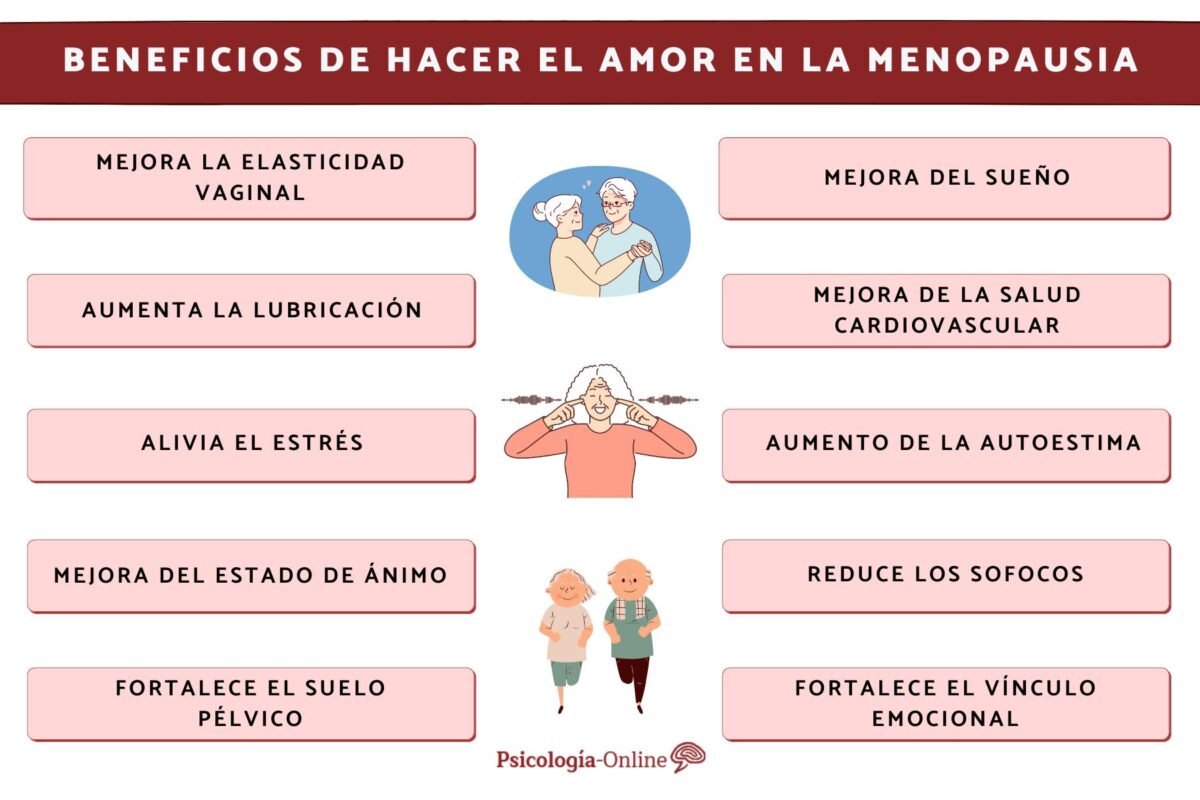The Armenians of Aintab: An Analysis of Genocide in an Ottoman Province
Academic and outreach work on various aspects of the Armenian genocide remains a fertile field of constant interest for researchers and writers from distant locations. One such example is Ümit Kurt’s book, The Armenians of Aintab. The Economics of Genocide in an Ottoman Province (2021, Harvard University Press, Massachusetts, USA).
Ümit Kurt: A Historian’s Journey
Ümit Kurt, a Turkish historian, graduated from the Middle East Technical University (Ankara) and obtained his doctorate from Clark University (Massachusetts, USA). Specializing in the late Ottoman Empire’s history, Kurt’s personal background in Gaziantep (Aintab) sparked his curiosity to explore the history of the Armenians who once inhabited the city.
También te puede interesar Janasor: La épica gesta de los fedayines.
Janasor: La épica gesta de los fedayines.The Investigation Unveiled
Through rigorous research, Kurt delves into the massacres, deportations, and genocidal acts perpetrated against the Armenian population of Aintab. His work sheds light on the confiscation and looting of Armenian properties, emphasizing the complicity of Ottoman authorities in these crimes.
An Economic Perspective
Kurt’s approach focuses on the economic relations between ethnic and religious minorities and the Ottoman state. By analyzing these interactions, he uncovers a complex web of political, legal, and social dynamics that culminated in the systematic plundering of Armenian wealth.
Microhistorical Insights
Kurt’s detailed analysis includes tables revealing the sale of Armenian assets to Turkish neighbors and the fate of Armenian properties post-deportation. These microhistorical narratives provide a poignant depiction of individual tragedies obscured by larger historical events.
También te puede interesar 41º aniversario de Los 5 de Lisboa: celebración de la memoria
41º aniversario de Los 5 de Lisboa: celebración de la memoriaThe Legacy of Aintab
Kurt’s work underscores the collaboration between central and local Ottoman authorities in perpetrating the genocide in Aintab. He links the events of 1915-1916 back to the mass atrocities of the 1890s, illustrating a pattern of violence and appropriation aimed at Armenian communities.
Contemporary Relevance
Amidst contemporary debates on historical truth and denialism, Kurt’s research serves as a vital reminder of the atrocities that took place in Aintab. By documenting the economic motivations behind genocide, Kurt challenges prevailing narratives and exposes the intricate geopolitical strategies at play.
Author’s Perspective
Ümit Kurt’s work illuminates the formation of a new Islamic bourgeoisie in Turkey through the destruction and expropriation of non-Turkish communities. By examining the events in Aintab, Kurt offers a unique lens into Turkey’s modern history and the lasting impact of the Armenian genocide.
También te puede interesar Comienza el año 4517: tradición armenia de Navasart
Comienza el año 4517: tradición armenia de NavasartFinal Thoughts
Ümit Kurt’s work stands as a testament to the importance of historical scholarship in uncovering hidden truths and challenging revisionist agendas. By amplifying the voices of the victims and tracing the legacy of violence, Kurt’s work contributes to a more nuanced understanding of the complexities underlying genocide in the Ottoman Empire.





